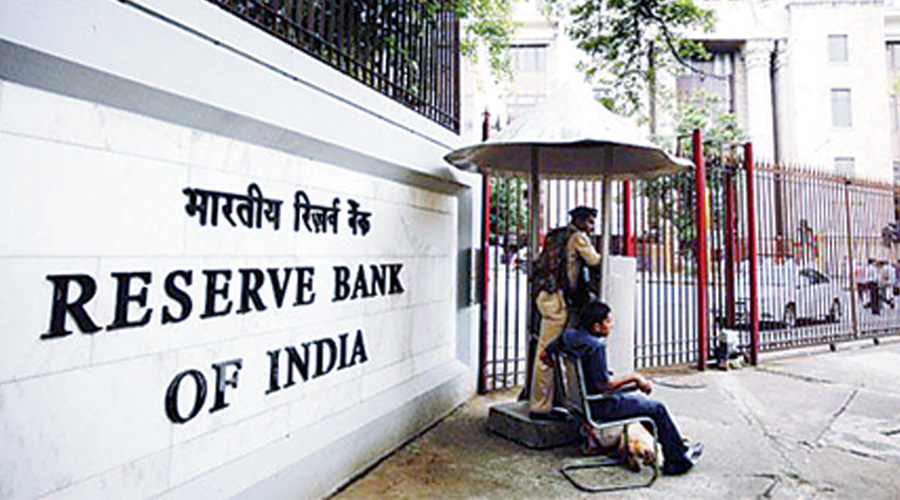The Reserve Bank on Friday lobbied hard once again for persisting with the existing inflation targeting formula that underpins monetary policy making in the country, setting the stage for a showdown with the finance ministry when the entire mechanism comes up for review next month.
At present, the inflation target has been fixed at 4 per cent as the median rate with a tolerance band of 2 per cent on either side. The RBI wants this formula to stay for the next five years.
The central bank released a 210-page Report on Currency and Finance — resurrecting a publication after a gap of almost eight years — which focuses on the theme of the flexible inflation targeting (FIT) framework that was enacted in 2016 and served as the scaffold for the country’s monetary policy architecture.
The five-year tenure for the FIT formula runs out at the end of next month.
At the same time, the report argued for greater transparency in the communication of the monetary policy committee’s deliberations and even suggested that the authorities may “consider providing a more explicit forward guidance on the interest rate path at a future date” as the projection process strengthens over time.
The report argued that the inflation targeting mechanism has worked well for the most part with inflation hovering within the 2-6 per cent range until the Covid pandemic botched up that record. Transmission of the policy rate to the stack of lending rates in the financial system, especially the weighted average call rate (WACR), had also been better during the FIT regime.
“The WACR should continue as the operating target of monetary policy,” the report said while noting that there had been a pronounced downward bias vis-a-vis the policy rate ever since the RBI switched over to the inflation targeting mechanism.
The report also suggested that the definition of a “failure” to meet the inflation target — which mandates the MPC to adopt remedial measures and submit a report to Parliament explaining why it could not meet that objective — needed to be relaxed.
At present, a failure is defined as an inability to hold the inflation rate between 2 and 6 per cent — the tolerance bands — for three consecutive quarters. The report says that this should be extended to four quarters.
None of these suggestions is likely to resonate with the government. Chief economic adviser
Krishnamurthy Subramanian hinted in a recent interview that the government was keen to take a hard look at the formula itself, with the likelihood that the retail inflation rate based on the Consumer Price Index may not be the sole metric that will be used in future. The CPI has weighted heavily in favour of food prices which makes a lopsided inference about the trajectory of inflation in the country.
The RBI report has argued that the existing inflation targeting methodology is justified on the ground that the trend inflation from October 2016 to March 2020 fell from a little over 9 per cent to 3.8-4.3 per cent, which validates the formula.
The RBI report said growth was unambiguously impaired when inflation crossed 6 per cent which made a strong case for retaining the upper tolerance limit. Bringing inflation below 2 per cent will only disincentivise producers, the report added and suggested that it should be retained as well.
The report said there was a need for greater flexibility for the monetary policy to see through sharp movements in food prices brought about by transient factors while at the same time be cognizant of relative price shocks that have a bearing on core inflation.
“A definition of failure that balances these two objectives would help prevent volatility in output growth brought about by policy responses to frequent food price spikes,” the report said.
Besides, the report recommended staggered terms for members in the six-member MPC to moderate political influence rather than the fixed term at present. It also recommended a “shut period”, where members do not speak publicly, starting three days prior to a policy announcement and extended to seven days after the announcement.











